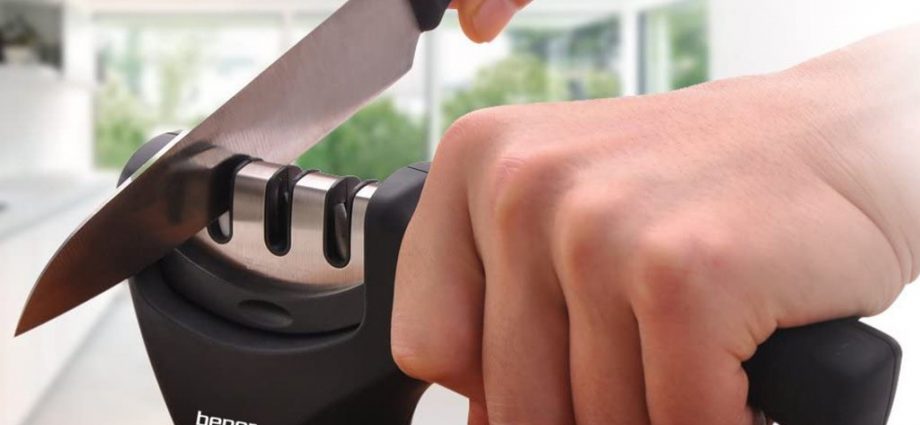The ritual of knife sharpening london is a monument to the craft of cooking, whether in a crowded restaurant kitchen in medieval London or a peaceful home kitchen overlooking the Thames. This age-old discipline, often veiled in mystery, is a crucial communication between the chef and their instruments that transcends upkeep into culinary brilliance.

Appreciating the blade is the first step to understanding knife sharpening. Each knife has a tale and function, from the strong chef’s to the delicate paring. Thus, sharpening is a complex discourse about the knife’s design, use, and material. Sharpening removes material from the blade to create a sharp edge that slices ingredients precisely and efficiently. This is done in many ways, each with its rhythm and ceremony.
The whetstone, an ancient sharpening tool, is unmatched in restoring a blade. The knife’s back-and-forth movement across the stone’s surface is art and talent, requiring a steady hand and perfect angle. The physical and transforming journey from bending the edge to polishing it to a sharp finish is mirrored by the stone’s roughness.
Modern innovations, from electric to handheld sharpeners, have made knife sharpening easier and faster. Despite their mutual desire for knife soul preservation, traditionalists and modernists continue to argue. A sharp knife is a chef’s closest friend, decreasing work, improving safety, and increasing the culinary experience.
Sharp edges have benefits beyond mechanics and procedures in the culinary process. A sharp knife ensures precise cuts, altering dish appearance, flavor, and cooking time. It preserves the original textures and juices of materials, from the delicate flesh of a ripe tomato to the resilient root vegetable.
Sharpening symbolizes the ritual of culinary arts, which is often disregarded. This ritual usually renews a chef’s commitment to the trade and links them to their practice. It reminds us that great cooking is about respecting the tools of the trade as much as the ingredients and skills.
